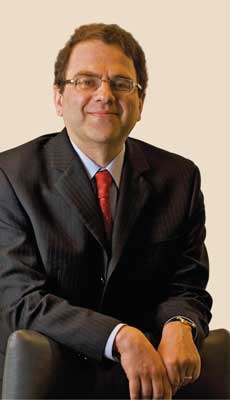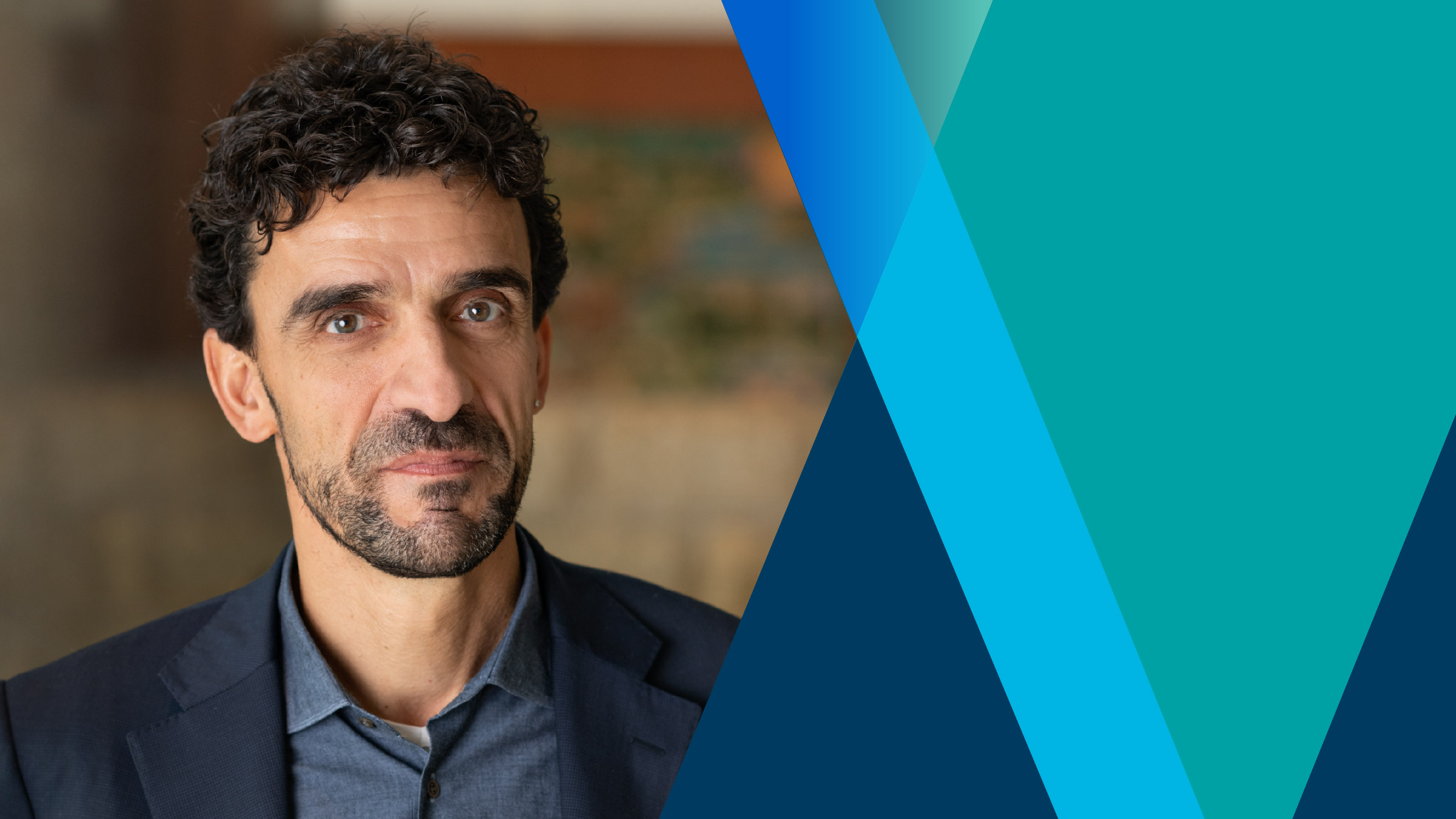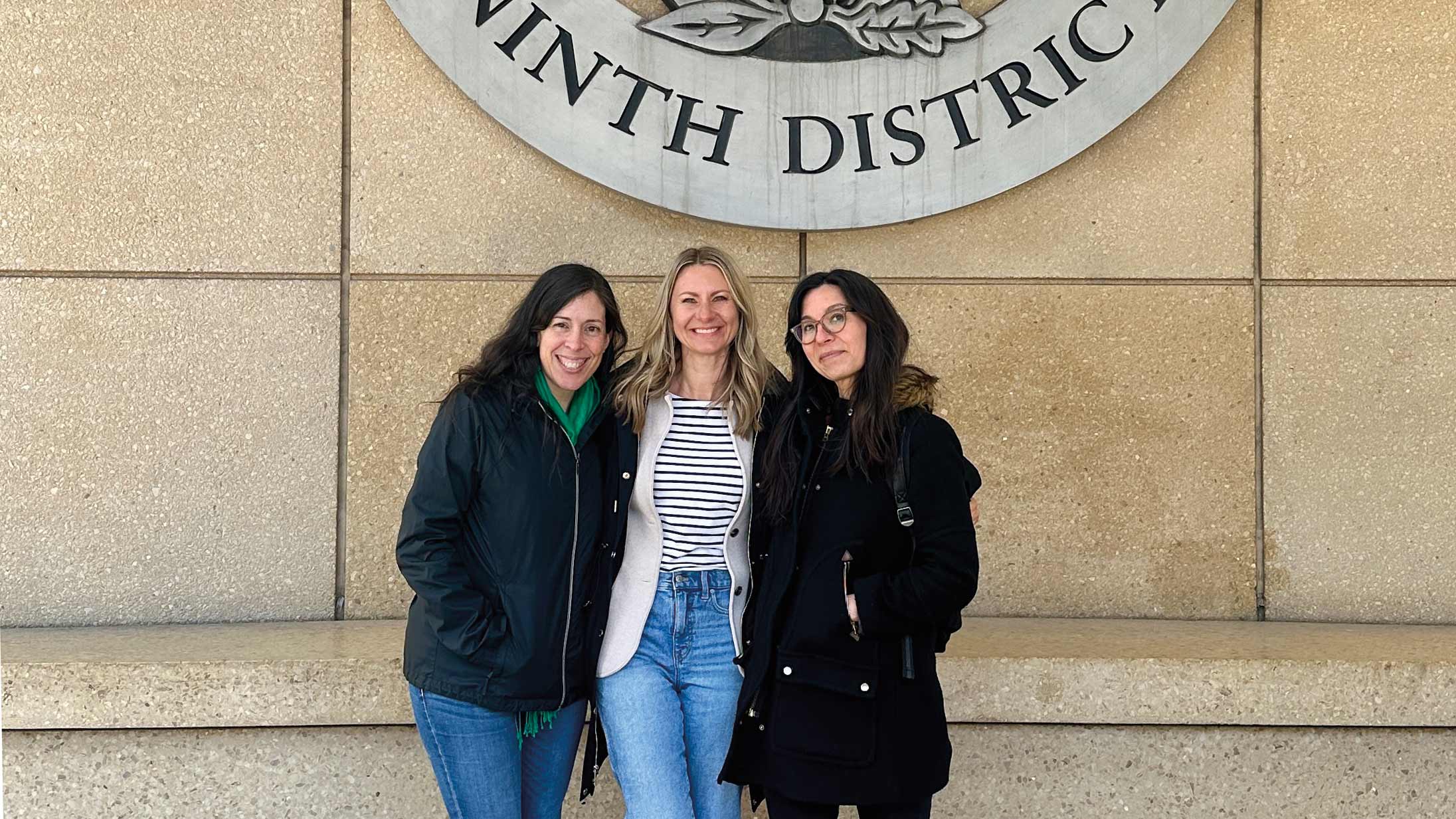 Editor’s note: This column is based on remarks presented at a conference in honor of Thomas Sargent and Christopher Sims, held May 4-5, 2012, at the Federal Reserve Bank of Minneapolis. Read more about the conference in this issue, or visit the conference web page.
Editor’s note: This column is based on remarks presented at a conference in honor of Thomas Sargent and Christopher Sims, held May 4-5, 2012, at the Federal Reserve Bank of Minneapolis. Read more about the conference in this issue, or visit the conference web page.
I am still early in my speaking career, but I have already learned one key lesson: You don’t want to go on too long when people have gone through a long day of conferencing. So, I will be brief.
Currently, I’m in the process of rereading—for probably the fourth or fifth time—one of my favorite books: Howards End, written by E. M. Forster when he was turning 30 years old. It’s a wonderful book—full of amazing writing and Forster’s remarkable moral sense. I feel that I learn something every time I go back to it.
Howards End is probably most famous for its epigraph: “Only connect...” Now, this epigraph is often interpreted as saying that people should connect with one another. Actually, Forster’s message is considerably more interesting. He sees people as having two selves—a spiritual self and a material self—and life is only lived to the fullest when the two are able to connect.
This message may not seem all that relevant to economics per se, yet I find myself asking: Don’t we see Forster’s two selves within our field in the form of the technical and the intuitive? Like the material in life, mathematical and statistical techniques are the essential tools without which progress is impossible. Like the spiritual in life, intuition is what allows us to understand what the progress truly means. And like the material and the spiritual, it is often hard to bring technique and intuition together. Yet, surely, economics is at its best when it does connect its two selves. It is in that fusion that we are able to shed the fullest light on what was once unclear.
Much of the work of today’s honorees—Tom Sargent and Chris Sims—shows how we can accomplish that elusive fusion between technique and intuition. We all could point to many examples in their work of what I have in mind. But we need not go further than two recent and related addresses—Sargent’s 2011 Nobel lecture and Sims’ 2009 Society for Economic Dynamics plenary lecture. Tom’s Nobel lecture uses ideas, economic history, mathematics and econometrics to forge a compelling analogy between America under the Articles of Confederation and the current structure of the European monetary union. Chris’ SED lecture uses ideas, economic history, mathematics and econometrics to draw a number of important and not-so-heartwarming conclusions about recent changes in Fed policies and tools.
These talks of Sargent and Sims make it look easy to connect the two selves—the intuitive and the technical—of economics. But I think we all know that it is anything but easy, and I would say that I am glad to have such examples as I struggle every day to make that connection in my own thinking and work.
As I say, Howards End is best known for the “Only connect...” epigraph. But it has many other powerful themes. Another is that, throughout the book, Forster emphasizes the tension between two ways of seeing life: seeing it steadily and seeing it whole. Again, I think we can see an analogous tension in economics. After all, we can choose to see our field steadily through the lens of one class of models, one set of methods or one mode of thought. Or we can choose to see our field whole, with all of the messiness of its myriad methods, models and modes of thought.
Personally, I have felt this tension throughout my career. I have spent much of my time learning and so appreciating the range of work in macroeconomics. Doing so has made it challenging, though, to bring the appropriate focus to bear on any particular problem. I have found my reading of Chris’ and Tom’s work, and my conversations with them over the years, to be inspiring in this regard. To a remarkable—maybe unparalleled—extent, I would say, they do see macroeconomics whole and they see it steadily.
I promised to be brief, so let me wrap up. One of the great things about reading Forster is that he delivers his messages and lessons in subtle ways—they are hidden deep within chapters, and sometimes even deep within paragraphs. I have not lived up to his example tonight! Instead, I have hammered away at two main messages: “Only connect...” intuition and technique and “see macroeconomics whole and see it steadily.” Both messages fall into the category of being bromides that are easy to say and not so easy to do. Fortunately, we have the examples of Chris and Tom to guide us.





